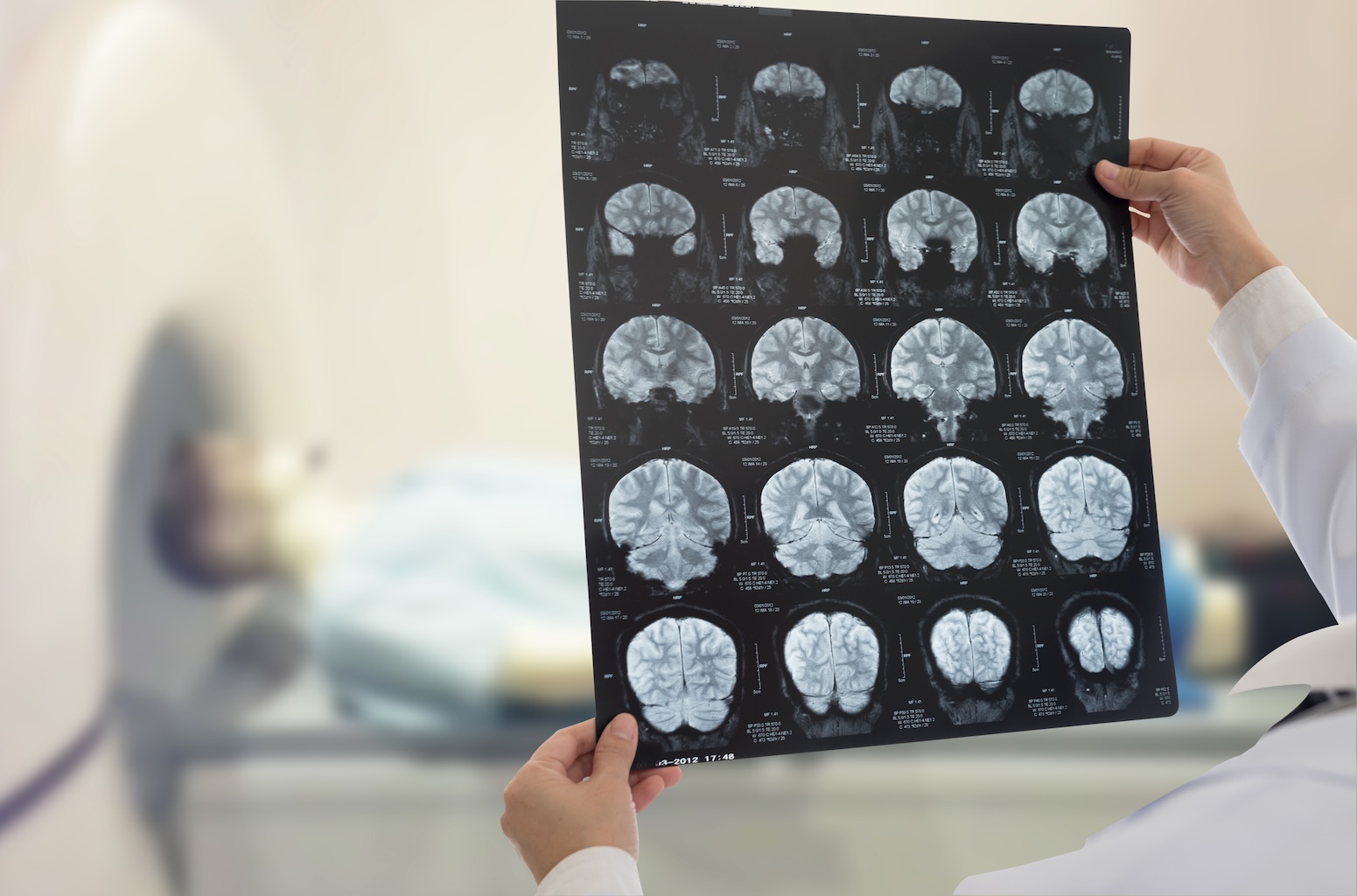If treatment is administered within the first hour after the stroke – the Golden Hour – the outcome for the patient is substantially improved and they may fully recover.
The Smart Stroke Ambulance Project is designed to identify patients with
the worst kind of stroke, called a large vessel occlusion, to enable treatment to commence within 60 to 90 minutes of onset.
Paramedics in Smart Stroke Ambulances have access to technology which
helps them diagnose the type of stroke. If identified as a potential large
vessel occlusion stroke, they communicate directly with the closest available stroke team.
Support us to ensure improved stroke treatment and recovery is available to everyone, not just those born in the right place.


One of the aims of Stroke Research at Ingham Institute is to improve stroke identification before hospital admission to reduce the time to treatment.
We actually have effective treatments, but we’ve got problems with timely access.
Professor Mark Parsons